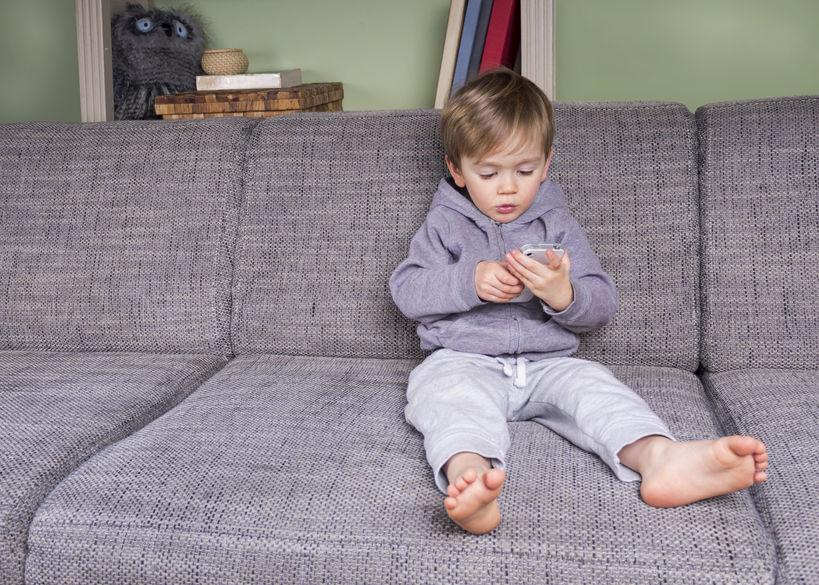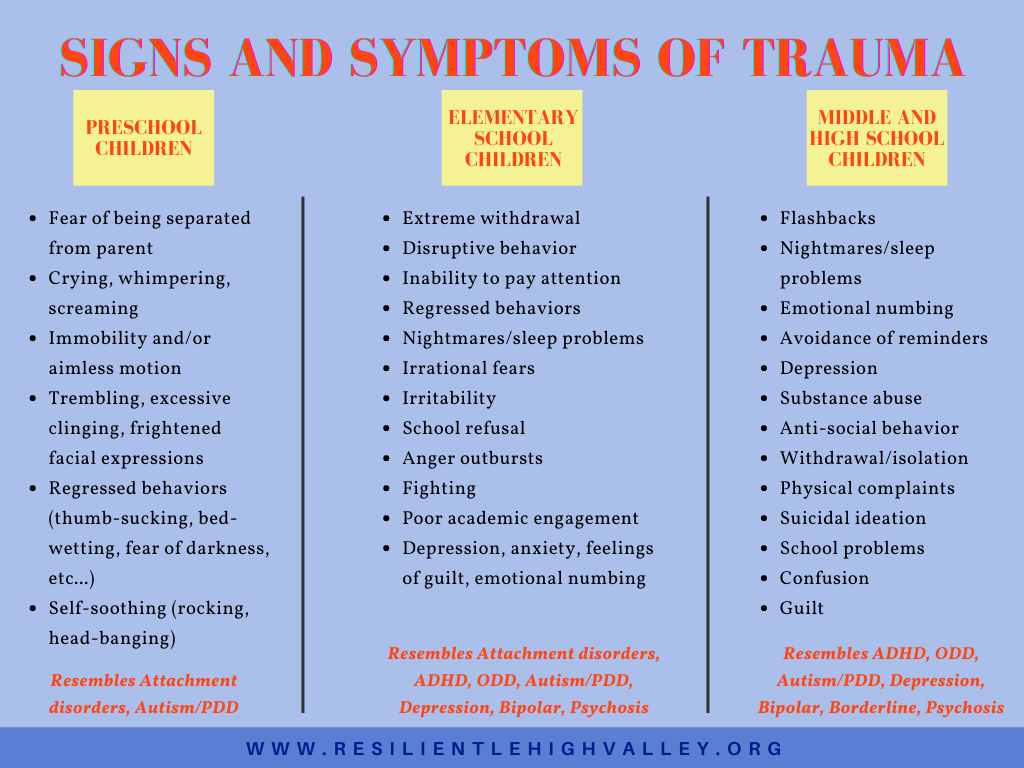Children is resilient and innocence by nature. On the other hand, they are also vulnerable to abusive or manipulative behavior. Even with conscious healing effort, severe trauma can last for years and often carried forward into their adulthood.
However, just because it is hard, it doesn’t mean that it’s impossible to completely heal.

What can be Considered as Childhood Trauma?
Childhood trauma is not the same as having unpleasant memories when we are young. It’s normal to have many sad or painful memories as we grow up. After all, no one has perfect childhood.
Getting hurt is normal part of growing up. Some people fell off the stairs or broke some bones when they were young. We also cried a lot, especially when we were babies. So what can be considered as childhood trauma?
By definition, childhood trauma is:
“The experience of an event by a child that is emotionally painful or distressful, which often results in lasting mental and physical effects.”
National Institute of Mental Health – USA
The distinctive feature of trauma is the impact it caused. No matter how awful the experience is, as long it doesn’t have any effect to that person, it couldn’t be considered as trauma.
Trauma is very subjective to every person, but we could agree that everything seems scarier when we are young. Parents appear to be a god-like existence who we rely heavily for our survival. Teachers seem powerful figure who could label us as ‘smart’ or ‘naughty’ person at school. Few friends we made in school become our entire social circle in this world. That’s why sometimes childhood trauma can appear daunting and invincible even after we become an adult.
Childhood Trauma is Hard to Detect
Sometimes, the only way to know about our childhood trauma is through its impact. It’s normal for people to experience the impact, but they couldn’t remember the memory that causes it. What makes it even more complicated, it becomes the norm for us.
Our body and mind have something called defense mechanism that protects us from any perceived danger. The problem is, we perceived things differently when we are young.
For instance, if young kids are neglected by our parents, it’s very hard for them to understand if their parents might not have the capacity to love. However, the feeling of being neglected is painful for them. They don’t care what the other person does. After all, everybody hates pain. It is a biological signal to the brain to avoid the cause of the pain.

In their limited view, the source of the pain is their dependency to their parents. Because they are expecting love and attention from their parents, they feel hurt when they couldn’t get it. As a result, they build this defense mechanism to avoid intimate relationship with anyone. Why ‘with anyone’? Because for a young children, parents are often their only reference point until they reach a certain age.
As they grow up, this defense mechanism transform from ‘survival tactics’ into ‘something that is safe and right’. Of course, if they avoid intimate relationship, they would never be neglected.
However, as the years passed, that young children and the circumstances around them changed. They have developed a better sense of themselves. They could understand the reason why their parents neglected them when they are young. And yet, they still avoid intimate relationship. Why? Because avoiding intimate relationship is something that is safe and right for them.
Signs and Symptoms of Trauma
While connecting the impact and the source of trauma can be challenging, there is another approach to this.
Trauma is often accompanied with a change of behavior. If we know when we start acting differently, we could isolate all major events that happened during that time. We think that it doesn’t affect us when we experience it, but our psyches may not feel the same. It is possible that we are not really conscious or we are trying to deny our feelings. It is also possible that we are still trying to process the emotion for while, so we don’t feel the immediate impact of the event.

How Should I Handle the Trauma?
The key here is to approach the trauma with curiosity and compassion. There’s always a reason why we do things that we do, especially in the things that we have strong emotion. Since trauma is painful, we have to treat ourselves with respect and kindness.
It’s as if we are treating someone with bruises and wounds on his body. We just need to know where is the wounds so we can apply the right medicine. We don’t need to dig in the wound too deeply because it will be painful and unnecessary.
Click here for Part 2.


One thought on “Healing from Childhood Trauma (Part 1)”